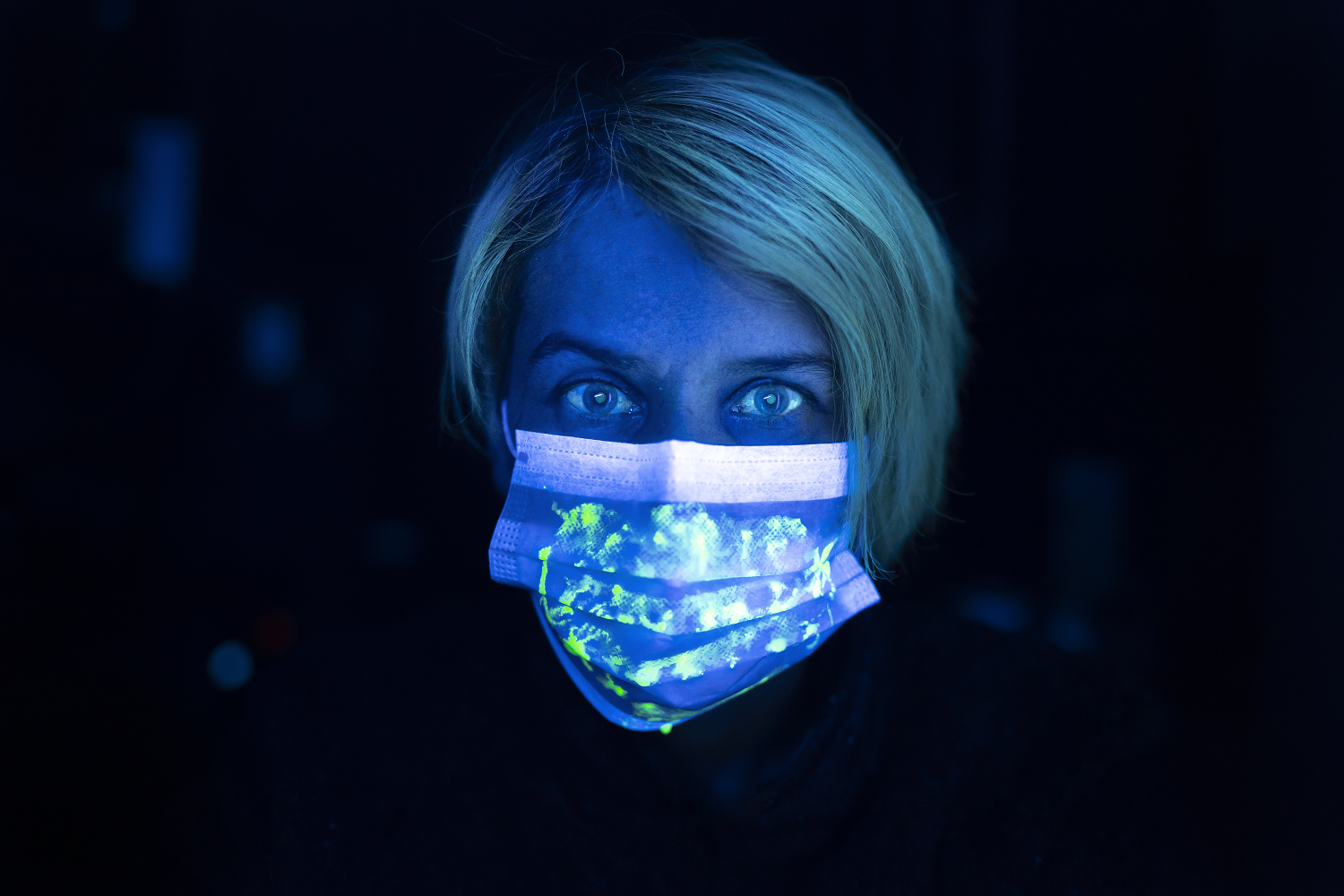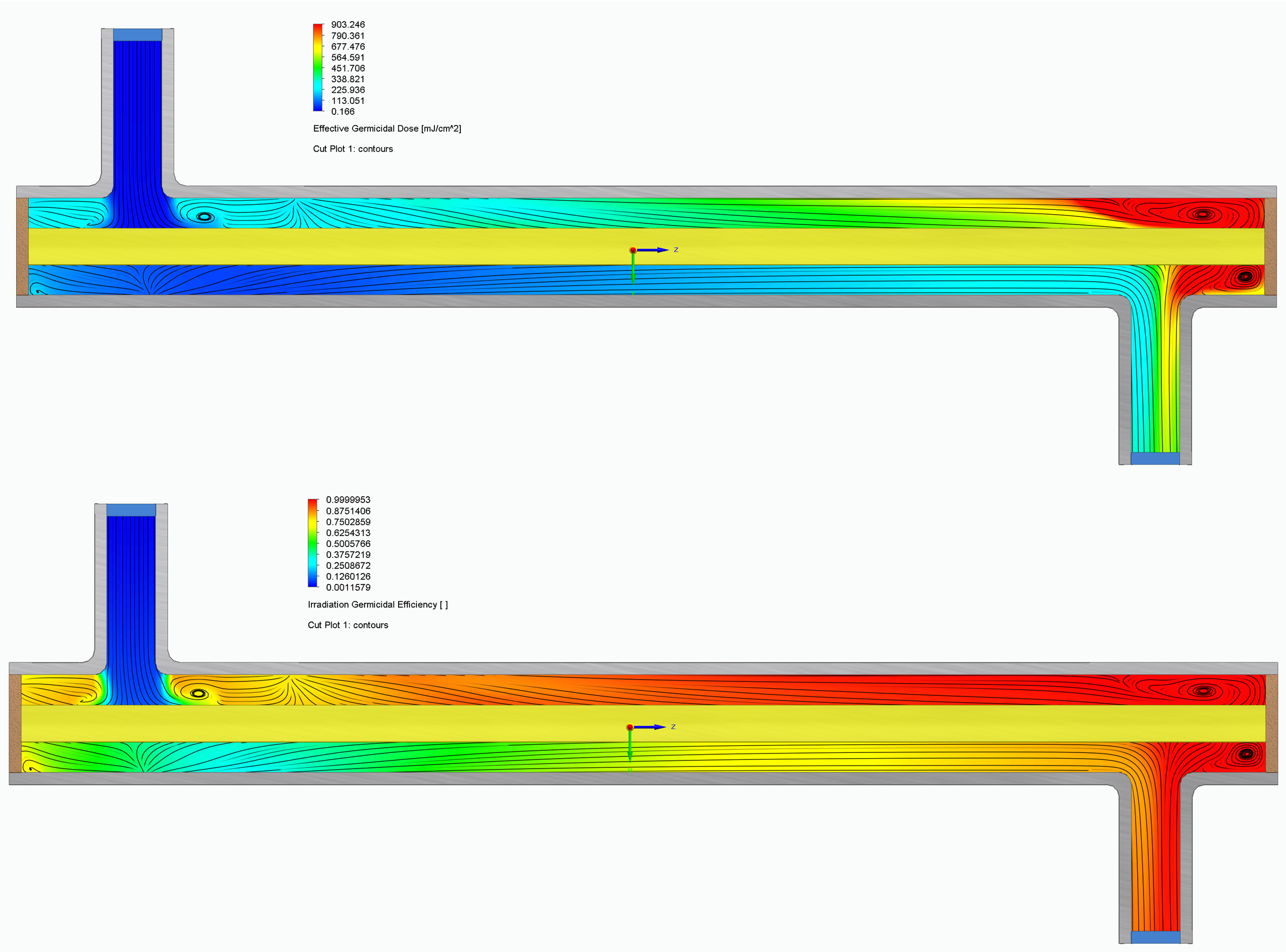What Engineers Can Do About COVID-19

No one is interested to catch and spread the coronavirus – especially to those in high risk groups. COVID-19 is a super-hot topic in the news and social media – everything from hard facts to fake news, conspiracy theories and sad but funny Memes about hoarding toilet paper and noodles. As a result, people can get unsure about what to do and how to behave. The best is always to follow the guidelines of the authorities such as WHO, CDC and RKI etc. and call your local hotlines for help if you are not sure what to do.
But what can engineers do about it?
You are a source of knowledge and know-how to use technology to make our lives easier as well as safer. For example, we’ve heard countless stories of engineers adapting scuba masks to work as ventilators, students who are busily working on ventilator prototypes and even engineering firms using 3D printing technology to help with equipment shortages.
Well, as an engineer who is well versed with Simcenter™ FLOEFD™, I know that there is a capability which can be used as a method to sterilize surfaces, water and air so humans can safely touch, drink and breathe again. That method is referred to as Ultraviolet Germicidal Irradiation (UVGI).
The way it works is quite simple.
We all know that UV radiation can hurt our eyes as well as our skin where it can cause skin cancer. But in the same way it hurts us, it also hurts bacteria, viruses, molds and other microorganism pathogens. There are three classes of UV radiation and their respective wavelengths: UVA (315-400nm), UVB (280-315nm) and UVC (100-280nm). UVA Is the one we need to be careful about normally when leaving the house as this is the UV radiation part of the sunlight that makes its way through the atmosphere and can enter deep into our skin where it can cause skin cancer.
The UVB rays get absorbed mostly by the ozone layer and reach only the upper skin surface where it results in a tan, but also sunburns and aged skin in hard-core sunbathers. In most regions of the world, UVC gets filtered out by the ozone layer (except for regions where the ozone layer is damaged) and the earth’s atmosphere. Rays in the UVC spectrum are the ones used in UVGI applications and created by various types of lamps. Some of these lamps may contain mercury which makes their maintenance a little more difficult if damaged but there are also UVC LEDs.
Due to their short wavelength, UVC enters microorganism cells, similar to X-Rays passing through your whole body; however UVC rays are not that powerful and can only enter up to a certain depth. But they are powerful enough to enter into the cells and damage the DNA of the microorganism and render it unable to reproduce itself and infect. This is also why UVC is dangerous to humans because it damages our skin cells which then become cancer cells. I’m sure I don’t need to remind you that we can’t sterilize ourselves with a UVC lamp if we come into contact with a coronavirus infected person or as a precaution.

By building UVC light sources into devices such as air purifiers, HVAC ducts or heat exchangers like water purification devices, engineers can design devices that can help sterilize surfaces, water and air from various kinds of microorganisms including the coronavirus. However, there is one catch!
Each organism is different and therefore needs a different dose of UVC radiation which is measured in mJ/cm² or µWs/cm² and is the UV intensity (µW/cm²) times the exposure time (seconds). So the right dose is required; therefore we need either enough intensity with more powerful or more UV light sources or a longer exposure of the organism to the radiation.
With Simcenter FLOEFD, engineers can analyze the effectiveness of the device by analyzing the UV radiation dose. Typically used UVC light sources for UVGI applications have their peak wavelengths at around 254 to 265nm and the intensity is then a matter of the light source and effectiveness at bombarding the organism with UV radiation. For that, the user can specify: the light source power and spectrum, its radiation pattern (the spread of the rays in its angular orientation from the source), and define all other surface radiative properties of the device such as highly reflective surfaces which can also increase the irradiation. Reflective surfaces can reflect the rays that have passed a microorganism and returned from another side – much like a ricocheting bullet. In addition, the user needs to specify the susceptibility constant (m²/J) also known as z or k value or UV rate constant. However, this constant can depend on parameters such as humidity as well as other parameters and is specific to the pathogen considered. Based on that Simcenter FLOEFD can calculate the following parameters:
- Effective germicidal dose
- Effective germicidal volume irradiation
- Effective germicidal surface irradiation
- Irradiation germicidal efficiency

In fact, in all that news of the pandemic, the work of the engineers often go unrecognized and only when searching for such news you will find articles like the ones below that show how engineers are helping to fight the coronavirus and other pathogens.
Here are some examples of UVGI applications in general as well as specifically with regards to COVID-19:
- Robots from Denmark Battling COVID-19 in China
- On mission to eradicate COVID-19 germs, China firms see the UV light
- Handrail sterilizer claims to wipe out germs on escalators
- Commercial HVAC equipment with UVGI systems
- COVID-19 Increases Demand for Disinfecting UVLEDs
And what can everyone else do?
Personally speaking, I’d like to ask everyone to be more caring of our fellow human beings and not storm the grocery stores to hoard noodles, toilet paper, disinfectants, bread, flour and other products. Many critical workers from nurses and doctors to ambulance drivers, social workers, truck drivers delivering new goods to the stores, the police, postal workers and garbage collectors among a host of many others need to be able to shop too; except they have very little time to get them especially after a long shift.
We are all in it together.
This is not a war or famine where the harvest is destroyed or animals are dying and the meat cannot be consumed anymore. Food and other products needed in our daily lives are not going to become scarce in the coming weeks. It is also not a zombie apocalypse, so people who are infected will not be a hazard to you once they are well. Just like you, the big pharma and chemistry companies that provide us with medication and disinfectants, are aware of the crisis and plan their production of these products accordingly. If you, your neighbor and friends don’t hoard, there will be no empty shelves for anyone including you.
Stay safe and follow the guidelines of the authorities. Only then we can all make it safe and sound through this “temporary” crisis. Remember together we can achieve great things especially as engineers!


